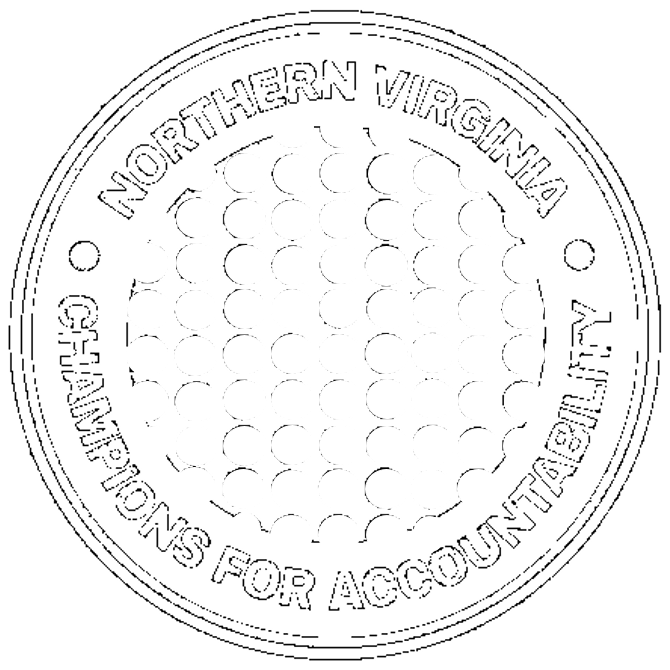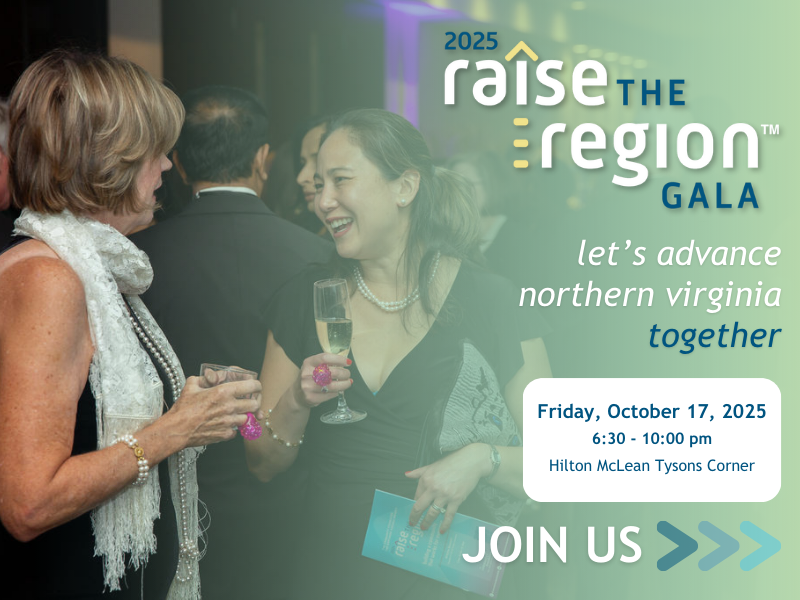Today’s social impact culture mindset has infiltrated every business, nonprofit, and financial institution in America. The boundaries of our personal and professional lives are blurred across a wide range of social impact behaviors.
What does this mean for your work with your clients? It means your clients are walking into your office with "doing good" on their minds. You can build an immediate connection with your clients when you start a conversation about the ways they--and you--are getting involved in the community. Here are three tips for starting that conversation.
Demonstrate that you are in touch with a wide range of "doing good" activities.
With the rapid rise of social consciousness, philanthropy is expanding to cover far more territory than just one or two ways to do good. Consider the full footprint of social impact lifestyle factors that make up the contemporary marketplace mindset: Giving to charities, volunteering in the community, serving on boards, donating necessities to people in need, recycling, purchasing products that support a cause, marketing a favorite organization, celebrating at fundraising events, sharing with friends and family, and caring about your own well-being. Ask your clients what captures their imaginations when they think about the impact they would like to have in their communities. Also, simply paying attention to what they do in their free time will help you identify a few of these social impact behaviors while facilitating conversations you have around their giving plans. This shows clients just another way you support them in their lives.
Be aware of the regulatory environment.
Many of your clients who run or own businesses are paying attention to social responsibility in the corporate sector. For example, the Global Reporting Initiative (GRI) is an international standards organization that helps businesses, governments, and other groups understand and communicate the impact of business on critical sustainability issues such as climate change, human rights, corruption, and many others. GRI represents the commitment of hundreds of companies to strive toward a common set of benchmarks to protect the earth and humanity. More than 90 percent of the world’s largest 250 companies are among the thousands of “GRI reporters,” meaning they subscribe to the organization’s standards for sustainability performance. If your client owns or works for a business, ask them about their corporate commitment to civic engagement. If they want to explore ways to engage, the Community Foundation is happy to act as a resource to help maximize their impact in the community.
Show your clients that you are doing something, too.
Many of us have opportunities for giving daily in impulse situations such as the grocery line, a restaurant who is rounding up to help an organization, etc. In the moment, most of us are happy to help if we can. However, you can provide your clients with a more thoughtful and impactful approach by including a fourth-quarter review of a client’s giving plan. The details of how we do this can be saved for another article, however, most clients appreciate an organized plan so they gain confidence declining impulsive giving decisions knowing they are giving intentionally according to their plan. Your clients also want to know that you share their commitment to the community. Give them peace of mind by talking about your own volunteering efforts, the boards you serve on, the charities you support, or other clients that have success stories engaging in philanthropy. Best of all, let your clients know that you are connected to the Community Foundation, an organization committed to building a community that works for everyone. Bonnie Sewell, CFP®, Managing Director and Senior Wealth Advisor at Dakota Wealth Management, Leesburg, VA
Bonnie Sewell, CFP®, Managing Director and Senior Wealth Advisor at Dakota Wealth Management, Leesburg, VA


 Questions?
Questions? Questions?
Questions?





